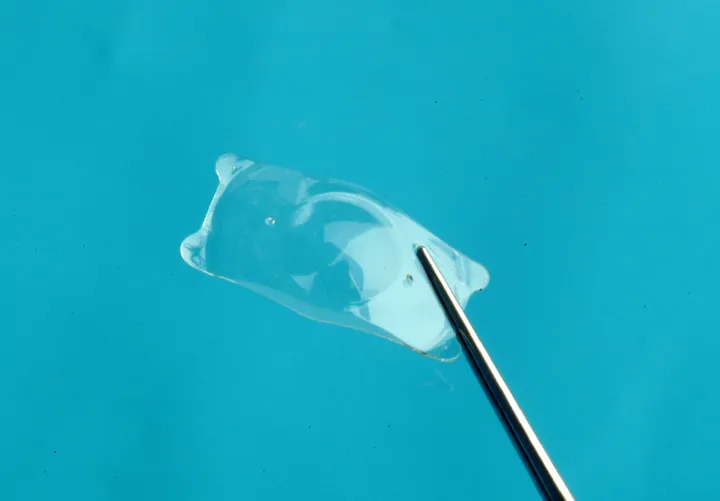If you have been disqualified for Lasik surgery then you need not to dishearten because there are many other options available to correct your vision error. ICL or Implantable Collamer lens is one of those options to correct your nearsightedness. Here we will discuss about this new vision correction technology
What is ICL or Implantable Collamer lenses?
These are known as phakic Intraocular Lenses or the most common alias Implantable contact lenses. This is the advanced technology for correcting vision errors by applying the famous contact lens concept from inside and very popular for its efficiency and practicability over other vision correction methods such as glasses or contacts. This procedure involves the correction of vision error from inside the eye while preserving the natural lenses.
This method is used for candidates who have the following issues:
- Have very thin corneas which can’t withstand the surgical procedure
- Their prescription fall outside the accepted range of refractive procedures
- Extreme near or far sightedness
- Poor candidates for common vision correction methods
How ICL works
This procedure involves insertion of contact lens (specially customized as per your prescription) beneath the iris or the coloured part of the eye. The surgically inserted contact lens will provide the much required extra focusing power without removal of any tissue which generally happens in other vision correction procedures. The natural eye lens is not removed unlike other procedures such as cataract surgery or clear lens extraction and it eliminates your dependency over contact lenses or glasses.
This ICL surgery is a two step process and generally recommended for people who couldn’t qualify for other vision correction procedures but determined to be fit for this method.
- In the first step, you will visit your surgeon who will use laser to create one or two small opening in iris to channelize the circulation of fluid after ICL will be placed.
- In the second step, you will visit your surgeon after two weeks of creation of openings in your iris.
- Special eye drops will be used to dilate the pupil
- Anesthetic eye drops will be administered into your eyes and sometimes mild sedative is used to numb the surgical region in the eyes.
- Your surgeon will make a small incision and slides the ICL (collagen film) between the iris and the natural lens.
- Surgeon will tuck the corners of ICL behind your iris in a way that it will become invisible
This is a permanent solution to common vision problems and it can be reversed if any problem occurs with the lens in future.
Features of ICL
Removable option – This method is an additive corrective procedure means it adds a corrective lens to correct vision errors like near or far sightedness not astigmatism. It also means that if your prescription needs an update or if any other issue arises with your prescribed lens then your doctor can simply remove the lens or replace it with the updated one. This feature is not commonly found in other vision correction procedures.
Preserving natural lens – unlike other procedures, this one doesn’t involve any removal of tissues to reshape the cornea and it also retains the natural lens which prevent the occurrence of several post surgery risks.
No dry eyes – These lenses are made of collagen film or biocompatible Collamer which means that it will work in a harmony with the natural chemistry of the eye and won’t cause any irritation as in case of regular contact lenses. Since there is no tissue removal involved therefore there will be no risk of dry eye syndrome after the surgery.
Quick procedure and short recovery period – This procedure is quick means it will take few minutes (20 – 30 minutes or less) to complete the procedure just like Lasik surgery. This is a minimal invasive surgery and patients recover within a short period of time. Many people achieve improved vision nearly immediately after the procedure.
Summary
Lasik is a popular vision correction method but if you are not qualified as a candidate for Lasik then there is no need to disappoint as there are several other successful options available. ICL is one of the successful and popular methods for people with thin corneas or too strong prescription for vision correction. There are many other advantages of this procedure over Lasik such as less invasive procedure, no dry eye symptoms, quick procedure or fast recovery etc. So if your surgeon suggests you other options when he/she finds you unfit for Lasik then you should specifically ask for ICL if it is not mentioned during your conversation. Just listen to every option your surgeon suggest for you and chose the best option with which you are comfortable with and get a clear vision.

